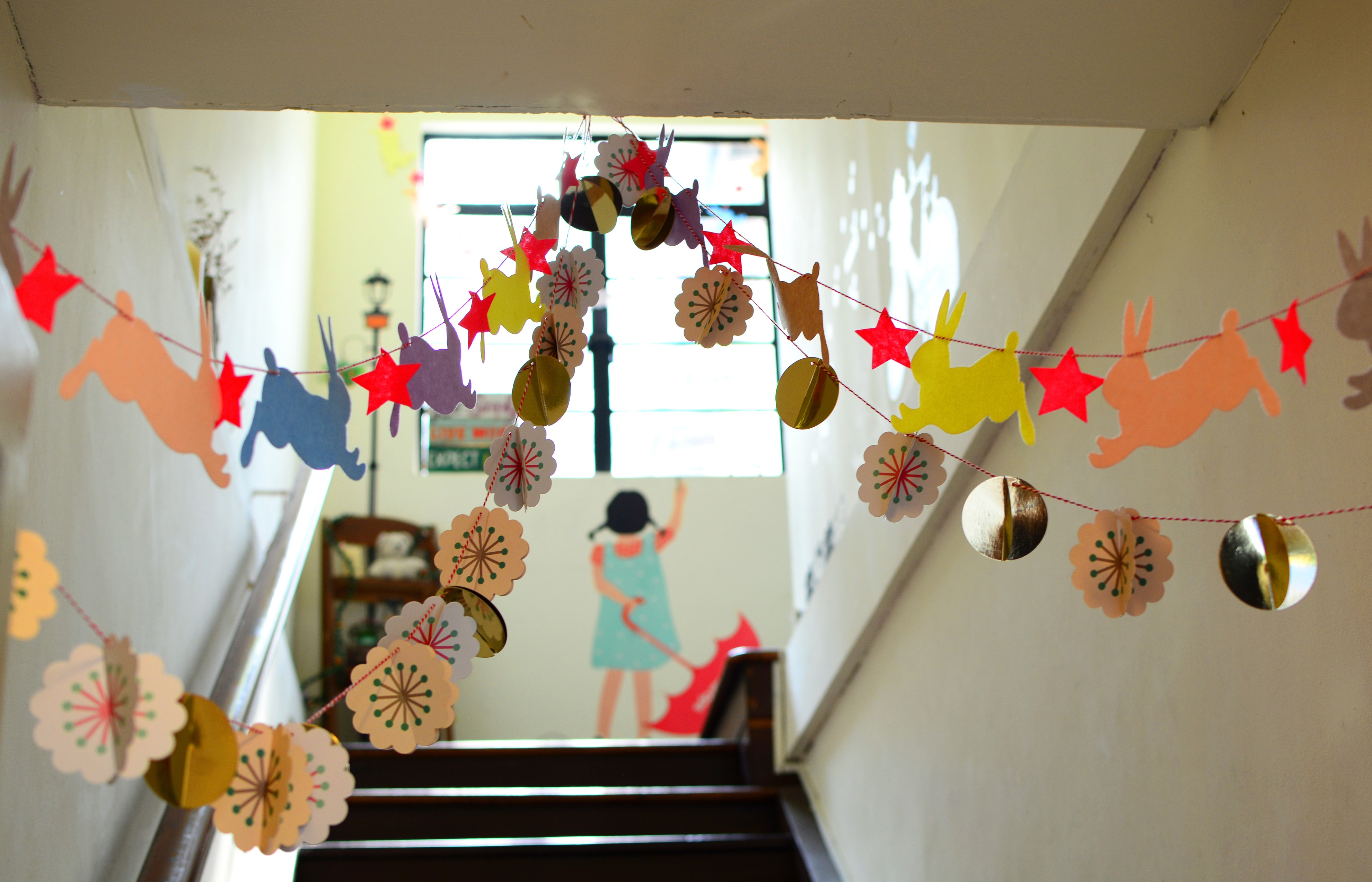
There is no better data source than directly observing the learning process in action. Classroom observation is critical for supporting teachers' growth, and understanding what's happening across a school or district. But making classroom observations effective requires a defined vision and teacher trust, so that they can serve their purpose as formative assessment without feeling too evaluative to teachers.
The solution? Blast walkthroughs: continuous, informal, and brief. take a look at how short, informal visits to several classrooms can function as a useful "temperature check" instead of high-stakes assessment — plus example protocols, key questions and a strategy guide to get you started.
In this article, we’re focusing on walkthroughs that are short visits to several classrooms. This kind of walkthrough may also be referred to as "learning walks" or "instructional rounds."
Blast walkthroughs ARE: A schoolwide picture made up of many small snapshots to measure the impact of existing PD or to prioritize topics for future PD and additional supports
Blast walkthroughs ARE NOT: An evaluation of individual teachers or classrooms
Before you start implementing blast walkthroughs, how will you gather support from your staff? Consider hosting a meeting to establish clear expectations on the purpose, process, priorities, and information-sharing for the walkthroughs.
Define your scope and area of focus, making sure these are explicitly shared with teachers before the walkthroughs start.
Guiding Questions:
In general, visits should be short and unannounced to give you the most accurate reflection of a typical day.
Guiding Questions:
Your purpose should define who conducts the walkthroughs.
Guiding Questions:
Some examples for a five-minute walkthrough:
Example 1: Instructional practice
1. Walk the entire room
2. Identify:
Example 2: Student outcomes
1. Focus on an area of student learning outcomes
2. Identify:
In both examples, it's also useful to speak quietly and quickly with 1-2 students about their understanding of what they're learning, why they're learning it, and what to do if they need help.
What you do with the data you’ve collected afterward will define the success of your walkthroughs. Consider how the information will inform your professional learning approach and also how you can tighten the feedback loop to build teacher buy-in.
Guiding Questions:
Looking for more help on incorporating observations or blast walkthroughs in your district? Schedule a demo today.
Schedule a demo with one of our friendly team members.